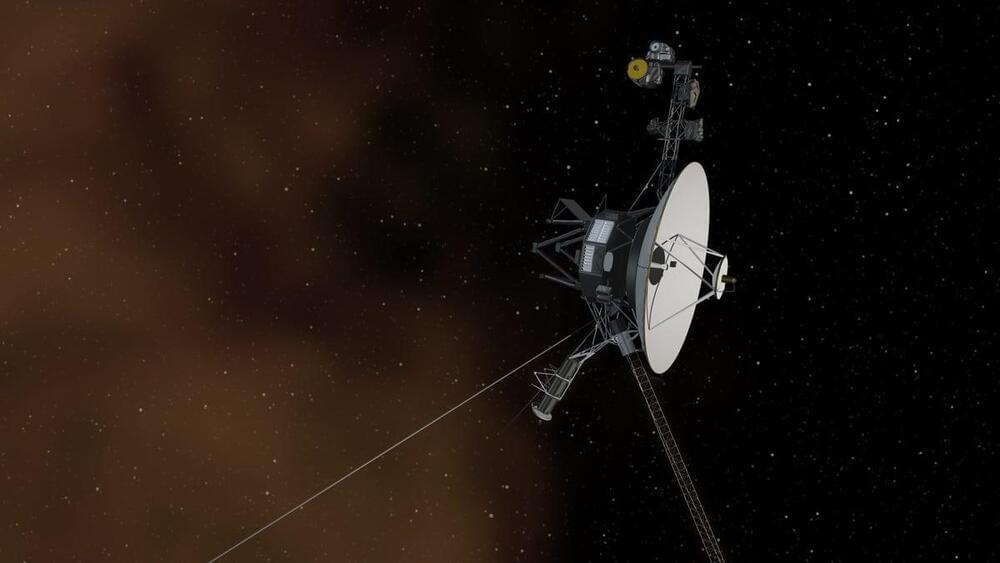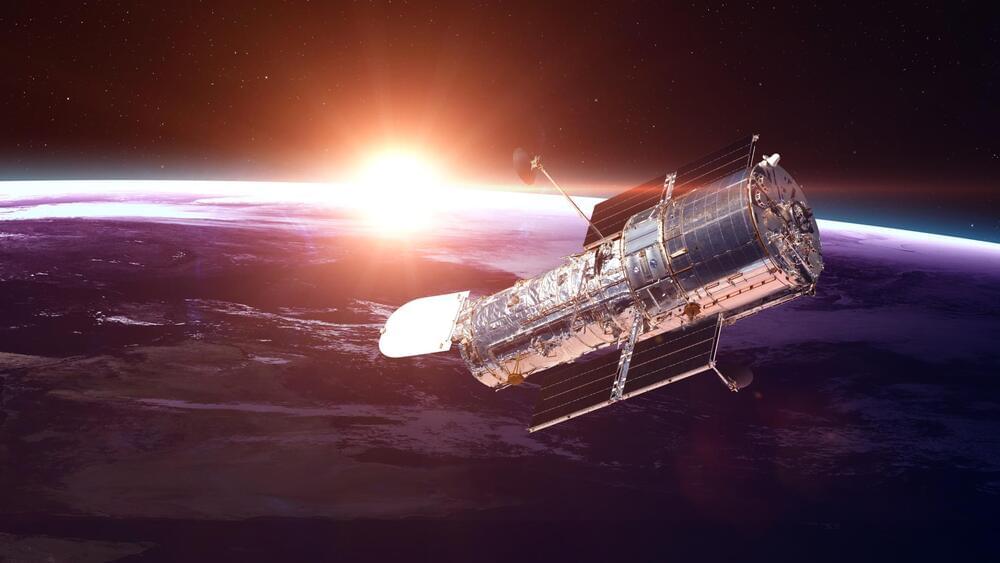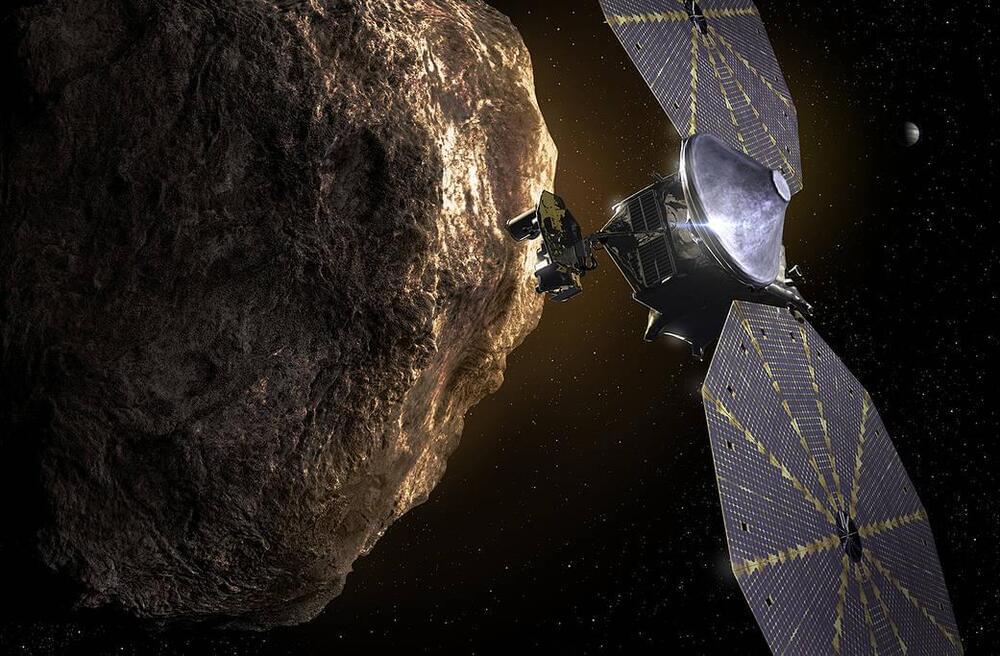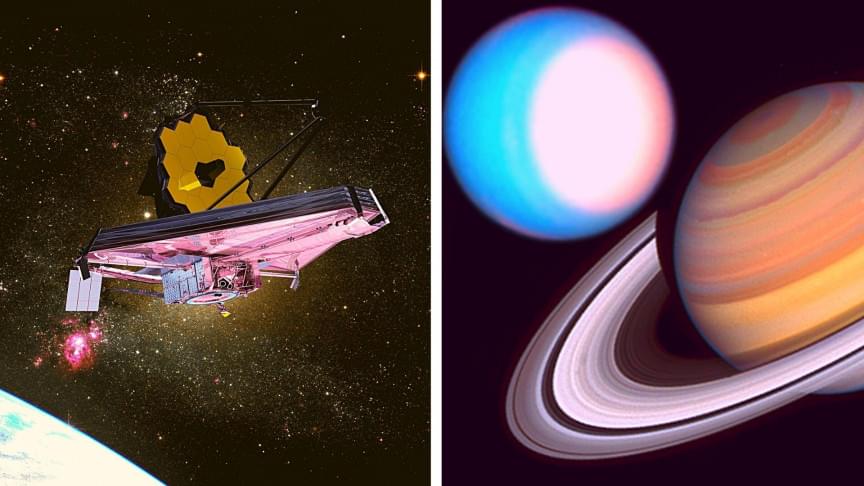Woah.
Voyager launched in 1977, and now humankind’s most distant object is transmitting data that doesn’t make sense.


Three researchers published their findings this week in the journal Physical Review Letters and say their hypothesis is based on problems with the Hubble Constant, the rate at which the universe expands. Yesterday’s SciTechDaily report on the study says predictions for that constant are a lot slower than what we’ve measured in reality, and scientists are trying to figure out what’s causing the discrepancy. They say the cause could be a mirror world we can’t yet see.
“This might provide a way to understand why there appears to be a discrepancy between different measurements of the Universe’s expansion rate,” researchers said in a statement about their findings.
Scientists have long built models of the cosmos. Now the task is to create one that doesn’t violate any of the rules cosmological rules we’ve learned so far. The researchers say that if the universe is somehow exploiting what we know about its physics and symmetry there could be an invisible mirror world very similar to ours but invisible except through gravitational impact on our world.

China’s first large space telescope could launch as soon as 2023. The new telescope will be called the Chinese Space Station Telescope. It will be roughly comparable to NASA’s long-standing Hubble Space Telescope, though its field of view will be somewhat larger.
China has been making big moves when it comes to space exploration. In 2021, the nation placed the first components of its new space station in orbit. Then, earlier this year, it shared plans to build an asteroid monitoring system. Now, it wants to put a telescope in space.

This week’s lunar eclipse wasn’t only observed from the ground and from the International Space Station — it was also observed from 64 million miles (100 million kilometers) away from Earth by the Lucy spacecraft. Lucy, which is an uncrewed craft from NASA and the Southwest Research Institute on its way to study the Trojan asteroids in the orbit of Jupiter, got a view of the lunar eclipse on May 15 and was able to snap images over a period of three hours which have been turned into a time-lapse video:
The images were taken using Lucy’s L’LORRI instrument which captures high-resolution black and white images. It took 86 images in total which were combined together to create the time-lapse.
Even though Lucy is far away from Earth, the instrument was sensitive enough to be able to view the moon as it passed into the Earth’s shadow and was hidden in darkness for a short time.

Alan DeRossettElon holds a grudge after nearly 20 years of Putin bots and fossil fuel cater calling him and Tesla owners losers stay tuned to the next episode as Elons lawyers prove Twitter has millions of bots and fake users More than it legally said in Elons contr… See more.
Steven PostrelThe incompetence of this bad cut-and-paste article is notable. The S&P 500 is not new, not ESG related, and not dropping Tesla.
There is a separate “S&P 500 ESG” product that is relatively new and that dropped Tesla, but it isn’t the benchmark that a… See more.
6 Replies.
View 8 more comments.
Quinn Sena shared a link.
Steven PostrelMaybe the old Sea Dart concept will make a comeback too.
The San Diego Air & Space Museum in Historical Balboa Park welcomes you to visit. The Official Air & Space Museum and Education Center of California has many attractions for the entire family.
China and the U.S. are engaged in a new stage of the second space race, and NASA Chief Bill Nelson allegedly attributes our rival’s success to ‘stealing’.



Second time’s the charm.
Orbital Flight Test-2 will test @BoeingSpace’s #Starliner spacecraft from launch to docking to return to Earth, providing data to prove it’s ready to fly astronauts. What you need to know: https://go.nasa.gov/3sNEGlI.
Watch starting at 6pm ET (22:00 UTC): https://go.nasa.gov/3NlzX2o